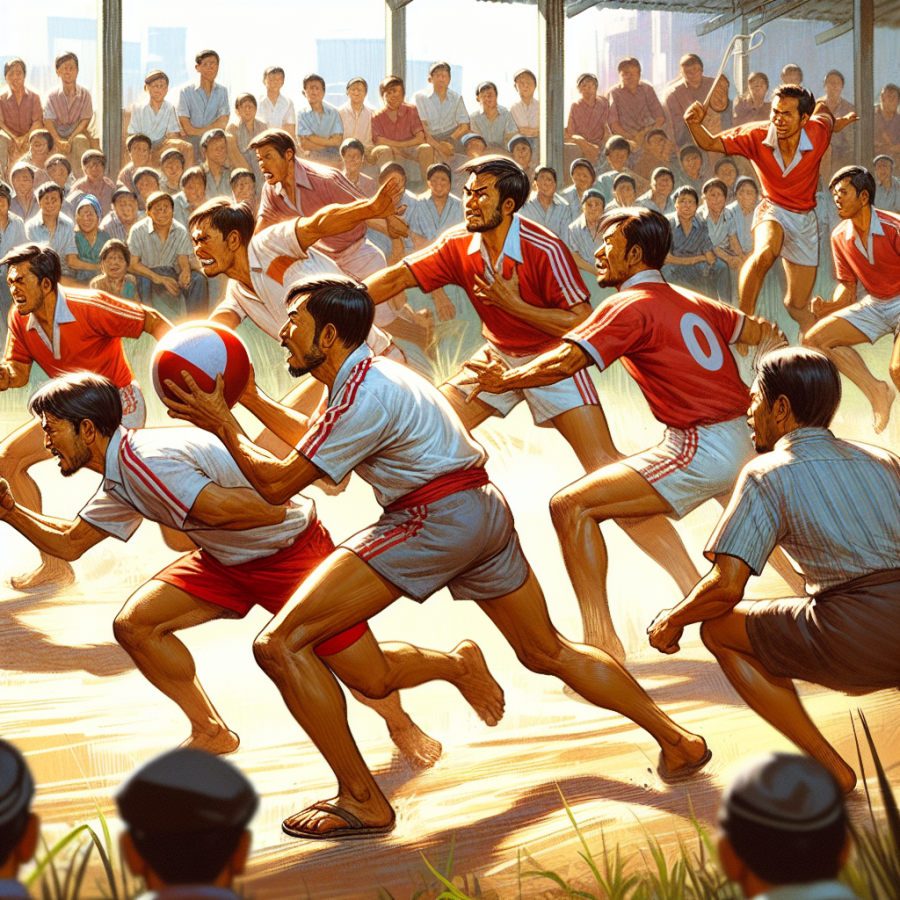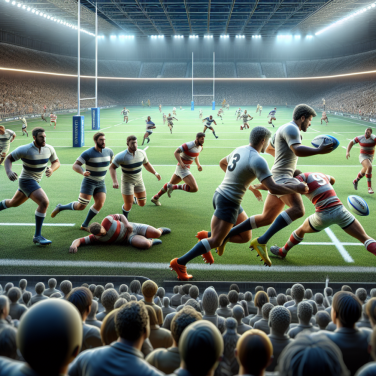Unpacking the Physical and Psychological Toll on Modern Athletes
Modern sports at the professional level have evolved into a high-stakes domain where athletes are often heralded as superhumans for their exceptional physical achievements. However, the relentless pursuit of greatness comes with a cost. The pressures to perform consistently at such high standards have exposed athletes to a range of physical and psychological tolls that cannot be ignored.
On the physical front, the intensity and frequency of training, coupled with an increasingly demanding competition schedule, have escalated the risk of injuries. Athletes often push their bodies to the brink of exhaustion and beyond, resulting in chronic wear and tear. Conditions like tendinitis, stress fractures, and joint injuries have become commonplace. Moreover, advancements in medical technology mean that long-standing injuries can be treated in ways that allow athletes to continue competing. Yet, this may lead to an overarching culture of playing through pain, which can exacerbate injuries and cause long-term health problems.
Concussions and their after-effects have also garnered attention in recent years. Contact sports, such as football, ice hockey, and soccer, often leave athletes at risk for traumatic brain injuries. Despite improved protective gear and medical protocols, the reality is that many athletes are returning to their sport before full recovery, raising concerns about the potential for neurodegenerative diseases later in life.
Furthermore, the advancement in sports science and nutrition has allowed athletes to build powerful physiques designed to optimize performance. However, such rigorous physical demands often mean that athletes retire with lasting bodily damage and have to manage pain and mobility issues for the rest of their lives.
From a psychological perspective, the mental strain on athletes can be just as debilitating as the physical toll. The expectation to maintain peak performance and the fear of being outperformed or replaced can lead to chronic stress and anxiety. The glorification of 'mental toughness' often stifles discussions about mental health, and athletes may feel stigmatized for seeking help.
Social media and constant media scrutiny have also added a layer of pressure that past generations of athletes did not face. Every action and word of an athlete is magnified, and mistakes are often harshly criticized. This can lead to issues of self-esteem and identity crises, particularly when an athlete's career faces a downturn, or when transitioning out of professional sports.
Burnout is another significant concern. The all-consuming nature of professional sports means that athletes often have little time for personal lives, hobbies, or relaxation.
Read also:
Mastering the Slopes: The Art of Ski Slalom Racing
Examining the Impact of Commercialization on Athletic Integrity
In recent years, the professional sports industry has experienced an unprecedented level of commercialization that has significantly altered the landscape of athletic competition. The infusion of substantial financial investments from sponsors, endorsements, and broadcasting rights has dramatically increased the stakes of winning, which, in some cases, has appeared to compromise the integrity of sports.
One of the most glaring implications of the commercialization of athletics is the escalation of performance-enhancing drug use. Athletes, driven by the pressure to perform and aware of the financial rewards for success, may turn to illicit substances to gain a competitive edge. This has led to widespread doping scandals across various sports, undermining the fundamental principle of fair play that is supposed to be at the heart of athletic competition.
Another consequence of the commercial paradigm is the prioritization of profitability over sportsmanship. Major sports leagues and organizations are driven by the revenue generated through marketing and television deals, which can sometimes overshadow the importance of the sport itself. This profit-centric approach can lead to decisions that favor entertainment value and revenue opportunities over the protection and welfare of the athletes, as well as the long-term health of the sport.
The rise of commercialization has also reshaped the relationships between teams, players, and fans. Traditionally, athletes played for the love of the game and loyalty to their teams. However, in the professional era, players can be seen as assets and commodities, traded and transferred to maximize financial gain. This commodification can undermine team cohesion and the sense of belonging that fans hold dear, occasionally resulting in a disconnect between the audiences and their favorite teams or athletes.
Furthermore, the substantial inflow of money into sports has widened the gap between rich and poor clubs or athletes, leading to competitive imbalances. Wealthier teams afford better facilities, training, coaches, and can attract top talent, which often results in a predictable and less exciting sports environment. Smaller teams with minimal budgets find it increasingly challenging to compete at the highest levels, and sports fans are often left watching the same few teams dominate season after season.
Lastly, the influence of commercial interests can potentially lead to the manipulation of fixtures and game schedules, with timings adjusted to suit television broadcasts across different time zones rather than the well-being of the athletes. Extended seasons and tournaments can increase profit, but they also risk athlete overexertion, injuries, and a lower standard of performance due to fatigue.




